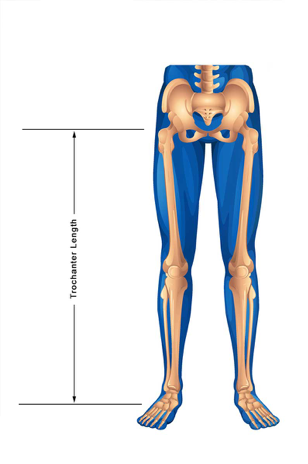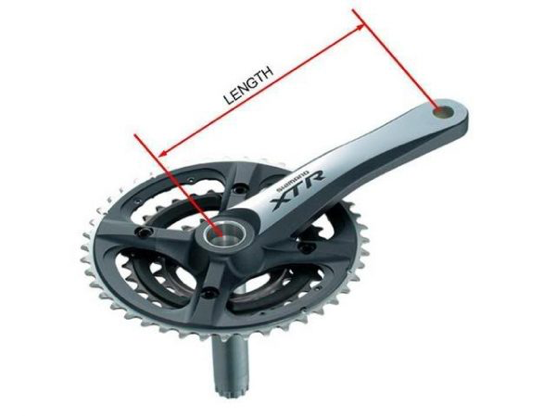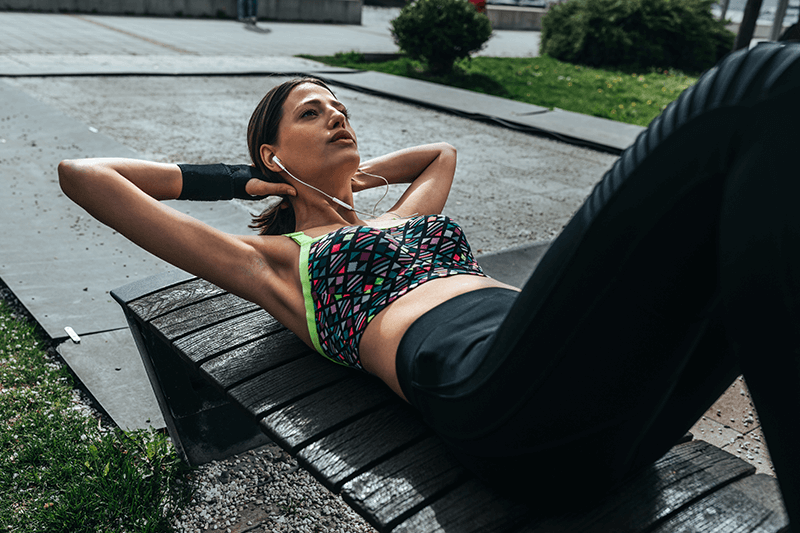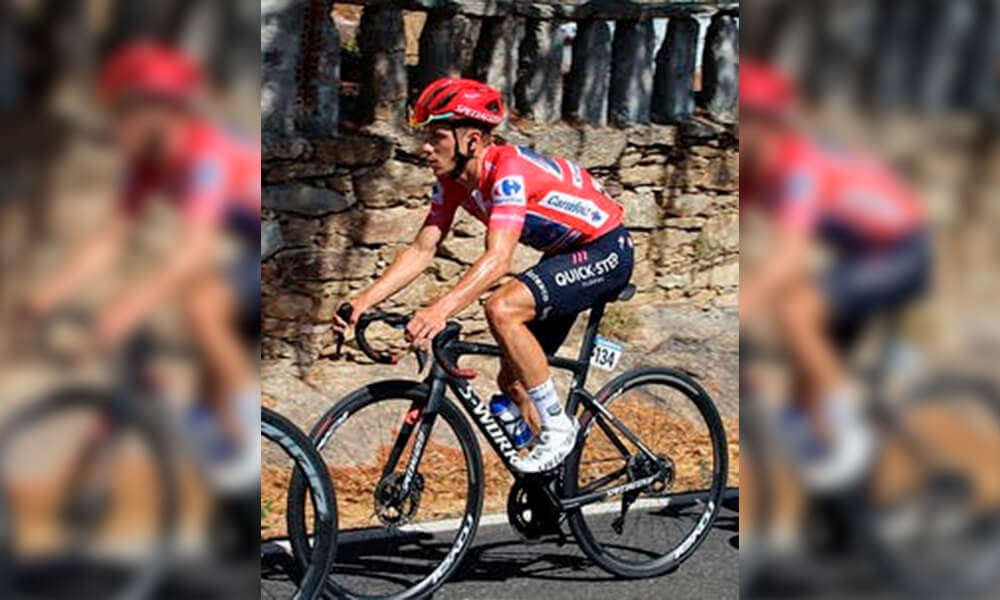Choosing Your Right Bike!! (part 1)
This week Physio Kieran gets his new bike and he has been busy measuring and researching which bike is best. Turns out there is only quite a small list. So to help you out, I’ve asked him to go through the process of how to get that right so you can avoid making an expensive mistake!!

Choosing a new bike can be a fun, expensive and overall complicated task. Prioritising the fit of the bike to you should be your priority as this will directly relate to your performance, comfort and ultimately your experience riding. A couple weeks ago at the road world championships the issue of fit was thrust into the spotlight. Defending time trial world champion Rohan Dennis refused to use his team issued bike and instead opted for his best fit. This was using his old bike with the branding logos removed. This ultimately resulted in him being sacked from his professional cycling team, but he did it retain his world title. Seems like a worthwhile trade-off, but more interestingly it highlights that even when money and professional contracts are at stake, being happy with your bike fit trumps everything!
Bikes come in a seemingly endless array of brands and styles with no standardised way of measuring. Therefore, in order to navigate this maze you need to know your own key measures and then how they relate to a couple essential bike size measures. Today, I’m going to explain how your bony leg length is the absolute key to knowing your correct bike size and then in the following email explain how you use your body contact coordinates to determine other specifics of the frame geometry and overall fit.
The absolute essential for getting your correct bike is knowing your bony leg length. We call this your trochanteric length length, as it measures from the tip of the bony prominence on the side of your hip to the ground (refer to figure 2). This is important because it relates directly to your seat height and crank length. Other body measures for seat height such as inseam length (inside of your legs) are inaccurate due to soft tissue compression and day to day changes of the position of the ‘ball’ in the ‘socket’ of the hip joint. In short, male and female pelvis differences, muscle tension and groin soft tissues can all inaccurately skew this measure. Therefore, always base your bike size off your bony leg length!

Figure 2. Trochanteric leg length. This length relates directly to your seat height on the bike.
The reason your trochanteric leg length is so important is because it relates directly to your seat height in a bike fit. When it comes to frame size, the seat tube measurement is arguably the most important. A seat post will move up and down, but all have a maximal amount of possible adjustment, so first you need the correct seat tube length (figure 3). The seat tube is the part of the frame that connects with the seat post and ultimately the seat. Where it becomes difficult is that there is no standardisation of frame sizing and now a lot of frames have a ‘compact’ seat tube, which means that a greater amount of the seat post is exposed. This allows more riders to fit the same frame size, but also makes looking for bike sizes more difficult. Therefore, a compact seat tube length often needs to be judged against how long the seat post is and the other measures of the bike such as the top tube.

Figure 3. Note the seat tube length. A conventional seat tube connects to a horizontal top tube and relates directly to bony leg lengths. Compact seat tubes (note the shorter length) connect to an angled top tube. Their relation to leg length is less clear and you need to know how long the seat post (inserts into the seat tube) is to be sure that the bike will fit.
Not related to the frame itself, but intimately related to bike sizing, is the length of the crank arms (figure 4). This is always a great topic of debate, but there are guidelines based on once again your trochanteric leg length. Flexibility and riding style play a small roll, but the most concrete evidence supports the use of shorter cranks in cyclists that suffer from any number of hip injuries that result in painful ‘pinching’ at the front of the hip.

Figure 4. Crank arm length.
Overall, having a plan and being armed with your body measures will ensure you get the right bike that works best with your body. Firstly, know your bony (trochanteric) leg length. Then when looking at bikes, check whether the frame geometry measure is a conventional or a compact seat tube. Lastly, decide whether you need to change the length of the crank arms based on your injury history. These are the essential steps for finding the correct bike size. However, attaining your optimal fit is more than just seat height and therefore, knowing your forward and back coordinates of your other contact points is also important. I’ll explain the process for getting these in my next article. If you miss this…and a lot do, often you just need a different bike…OUCH!
If you are thinking about asking Santa for a new bike, good to start looking armed with some objective coordinates and measures TO narrow down the field. In 30 minutes he can do a body screen and measure your bony leg length and depending on your goals can go from there. Very cheap investment to come in and start searching with science backing you up so you can get more out of your riding in 2020!! Call us for a time.
Remember, we love answering questions about the body! If you have any send them through to [email protected].
Have a great week,
Paul Trevethan
Paul Trevethan
PS: Appreciate if you would help spread the word so we can ease a bit of pain, one human at a time.
“Get Pain Free While Being Taught How To Help Yourself For Life”
To book an appointment contact us at [email protected] or 07 3847 8040







